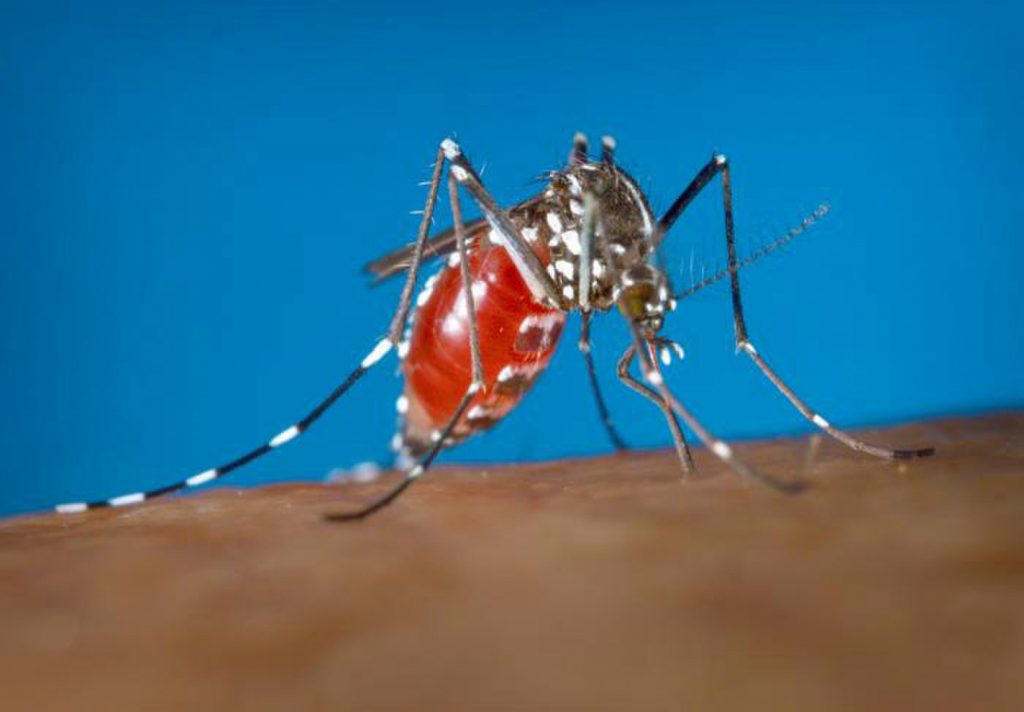
Mosquitoes that carry malaria are becoming resistant to insecticides that were previously effective at killing them. Now, researchers believe they have identified a new way by which the mosquitoes become insecticide-resistant, by developing the ability to resist toxins with their legs. Their research has been published in the journal Nature.
In the new study, researchers from the Liverpool School of Tropical Medicine examined two major malaria-carrying mosquito species in West Africa. They found that a particular family of binding proteins situated in the insect’s legs were resistant to insecticide, allowing mosquitoes to land on treated bed nets and live on to spread the disease they are carrying. The binding protein, SAP2, was further elevated following contact with pyrethroids, the insecticide class used on all bed nets. The researchers suggest that this may explain why bed nets treated with insecticide aren’t as effective as they should be.
More than 3 billion people are at risk of malaria globally, according to the World Health Organization. Mosquitoes are the culprit that is most often responsible for new infections. Health officials are doing their best to come up with ways of halting the spread of the disease, with insecticide-treated bed nets an important piece of the puzzle.
Professor Hilary Ranson, senior author on the paper, said, “Long-lasting insecticide treated bed nets remain one of the key interventions in malaria control. It is vital that we understand and mitigate for resistance within mosquito populations in order to ensure that the dramatic reductions in disease rates in previous decades are not reversed. This newly discovered resistance mechanism could provide us with an important target for both the monitoring of insecticide resistance and the development of novel compounds able to block pyrethroid resistance and prevent the spread of malaria.”
